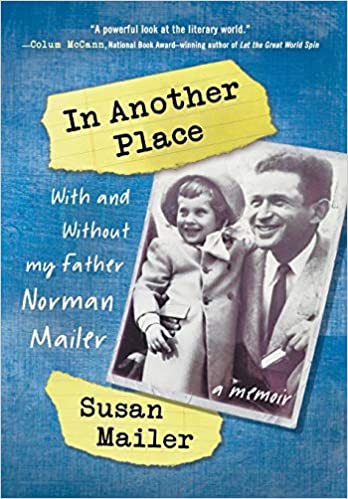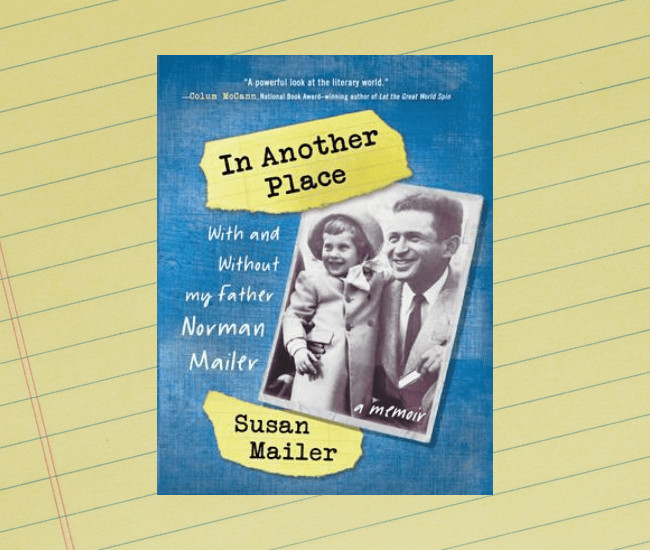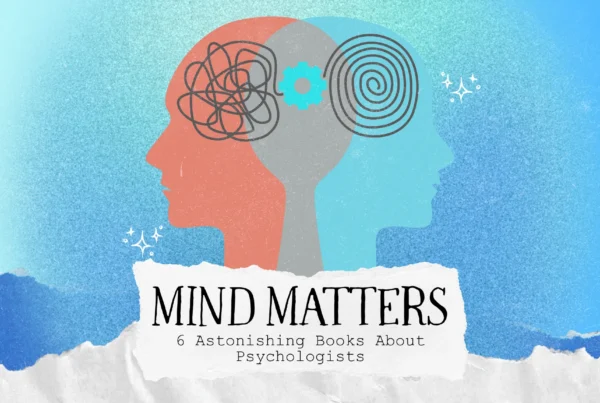In Another Place by Susan Mailer
https://booktrib.com/wp-content/uploads/2019/10/In-Another-Place-Susan-Mailer.jpgFrom a literary career that garnered two Pulitzer Prizes and a National Book Award to his infamous clashes with prominent members of the Women’s Liberation movement, Norman Mailer was among the most celebrated, talented and controversial writers of the 20th Century. Now, In Another Place (Northampton House Press), his daughter Susan Mailer tells the story of her “intense and complex” relationship with her father, her mother and her five stepmothers (as well as his numerous mistresses), along with the benefits and many drawbacks of being the eldest child of nine siblings.
A Child Standing Astride Two Worlds
Susan was born a year after the publication of Norman’s The Naked and the Dead (1948), widely regarded as one of the finest literary works to come out of the World War II experience, and the bestseller that propelled him to fame at the age of 25.
Her parents separated soon after she was born, however. She grew up spending half or more of her year in Mexico with her mother and the remainder of her year in New York with her father. It is a tale of painful separation and divided loyalties, of the difficulties of navigating two cultures while feeling like “someone who belongs everywhere and nowhere.”
A “Fair Weather Father”
Norman’s infamous machismo and egotism, contentiousness and, yes, violence are all on display. As the ultimate insider, Susan reveals a host of family dramas that, until now, remain unchronicled in Norman Mailer biographies. But even those that are better known—such as Norman’s knife assault on his second wife, Adele (a.k.a. “The Trouble”)—are given new perspective and treated with greater humanity through Susan’s eyes.
Between his long hours of solitary writing, being in the public eye and wrestling with his many vices, Norman’s role as a father was often limited in terms of time, patience and moral support. Susan’s relationship with her dad could be tender (he nicknamed her “Diamond Eyes” after the way her eyes sparkled) as often as it could be troubled (he once told her that he didn’t love her when she was born). By the time Susan entered adulthood, though, family had become more important for Norman; so much so that he would draw his progeny together for annual reunions in Maine and Provincetown, Massachusetts.
Norman Mailer fans will take an interest in the personal backdrops against which several of his most important works were written, as well as the ways in which his personality and beliefs shaped them. Along the way, we meet members of Norman’s social circle (Woody Allen, Ted Kennedy) and, during Susan’s college years, several revolutionary figures of the day (anti-war activist Mark Rudd, John Jacobs of the Weather Underground), among others.
From Memory to Insight
Susan would grow up to become a psychoanalyst, married with children and living in Chile. This perspective lends nuance and insight to the portrait of her father—seeing him through the eyes of an adoring child, a conflicted “tough kid” adolescent and a self-reflective adult who, through the lens of psychology, has found perspective on her childhood, her father’s many flaws and how this combination shaped her into who she is today.
To a degree, the book is as much about redemption as it is about memories and the analysis of those memories. At the end of his long and tumultuous life, Norman seeks forgiveness for his behavior and its aftermath; In Another Place grants him something more: understanding.
In Another Place is now available for purchase.
Buy this Book!
Amazon





